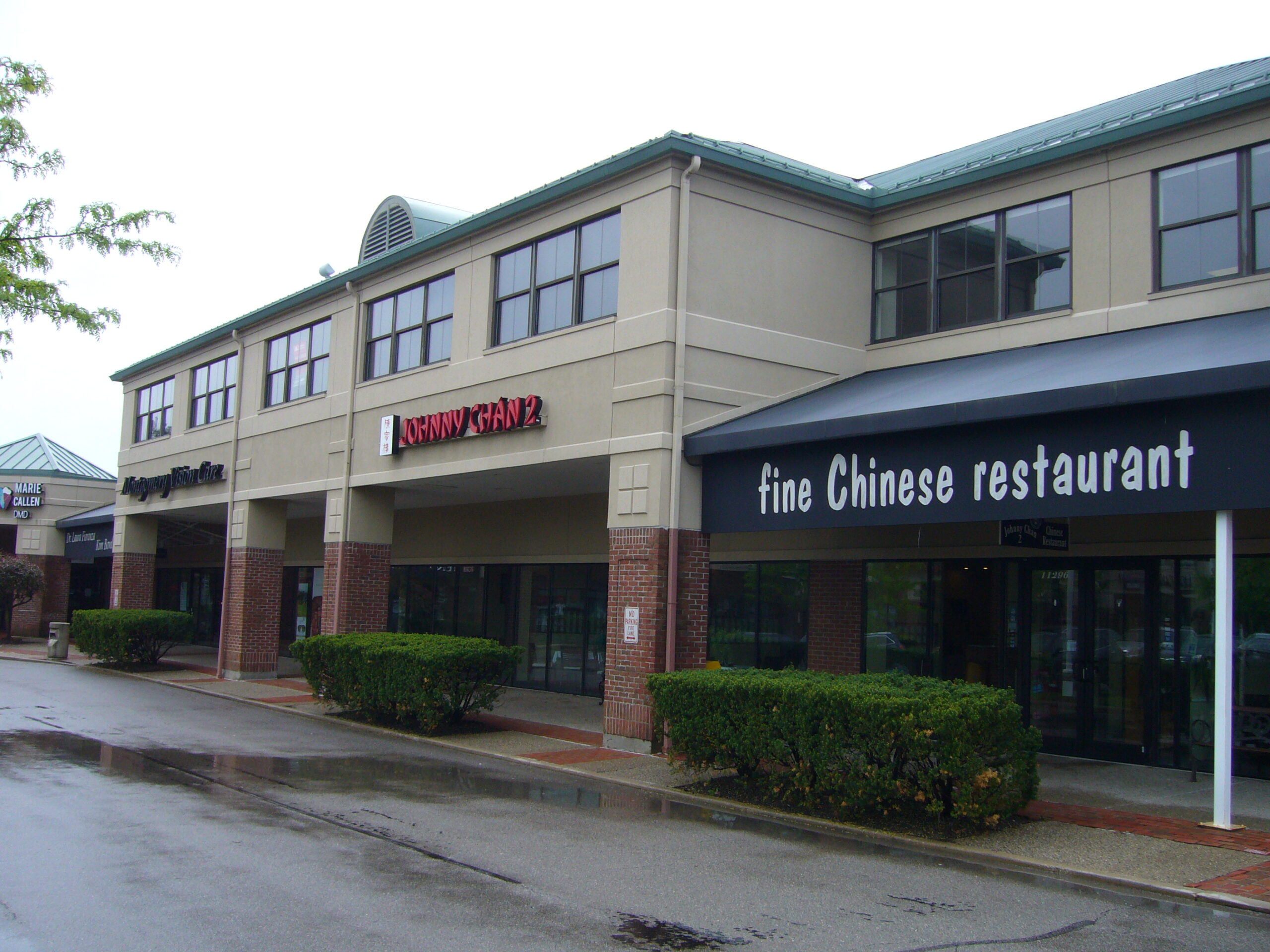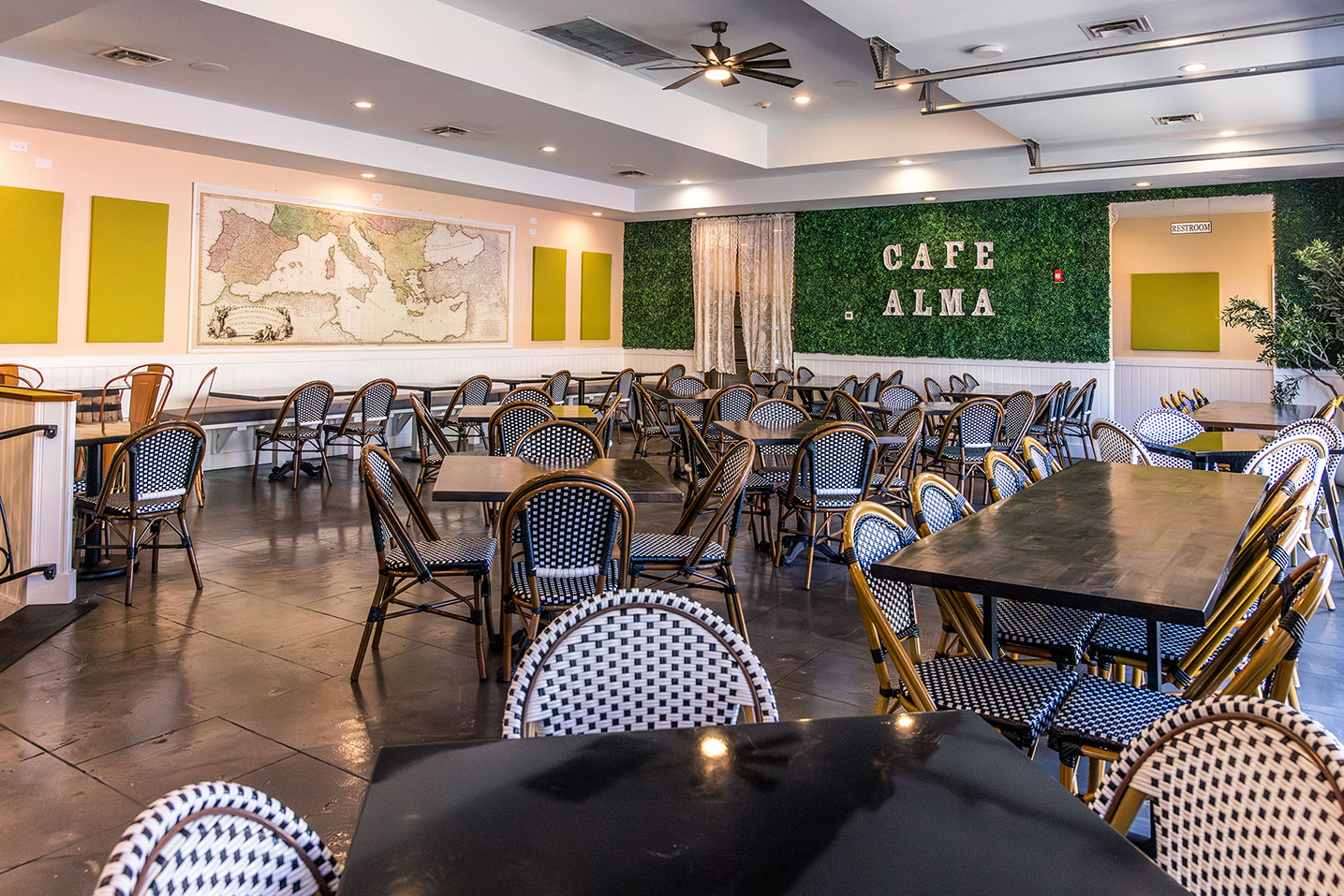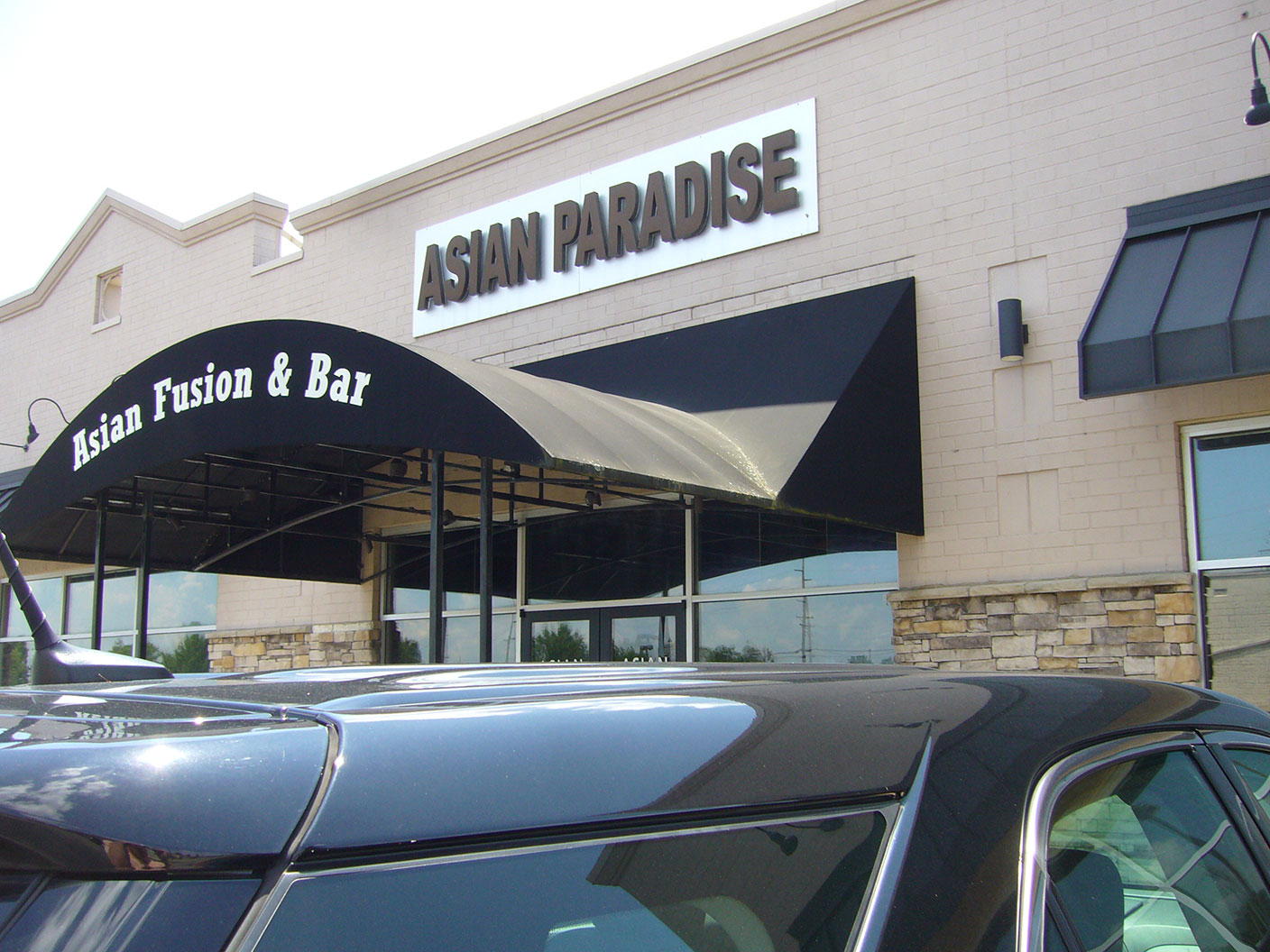
Johnny Chan 2 is a star in the firmament of Chinese-American cuisine. In fact, Chinese Restaurant News has placed this venerable eatery in the top 100 among all US restaurants offering Chinese food. According to the Chinese American Restaurant Association there are more than forty thousand Chinese restaurants in the US of A. Wow! Being in the top 100 is a pretty big deal, don’t you think?
How did this restaurant, here in midwestern Cincinnati and not in the Big Apple or Frisco, climb so high among its cuisine competitors? According to owner-operator, and often chef, Frank Shi, one reason for its lofty position is that Johnny Chan 2 has perfected the American version of Chinese food.
In reality, there exists a difference between “Chinese” food, and authentic Chinese-American cuisine. In order to emphasize the difference, Adam Kohnhorst writing for RADII, an online service, said this: “General Tso’s Chicken would be unrecognizable to someone in mainland China — so where do these dishes actually come from?”

Mongolian beef
A bit of history will help illuminate. In mid-19th century America, in addition to lurching toward and fighting a vicious, deadly civil war, the United States also “imported” Chinese laborers for work on a transcontinental railroad. Mainly, these laborers came through San Francisco. In addition, the 1848 California Gold Rush brought droves more Chinese to work in the boom towns that sprung up around mining operations. The net result of these diasporic events was high numbers of ethnic Chinese immigrants sprinkled all over the American west. Hence, the development of Chinatowns in cities where there were concentrations of Chinese. Mostly the Chinese influx came from Guangdong Provence in the Canton region of China. On the East Coast, New York City and other coastal cities had their own influx of ethnic Chinese from other parts of China.
These concentrations gave rise to Chinese restaurants, which served food similar to that offered in native China. Similar, but not the same, because some key ingredients were not available here. Similar also, because many patrons of these eateries came through the doors because the food was inexpensive, not because they were Chinese, Jewish diners included. So, to please the palates of diners who were not Chinese, restaurant owners adjusted what they offered to suit the tastes of those patrons. Adjustments such as General Tso’s chicken, for instance.

Sesame chicken, which is a spinoff dish of General Tso’s chicken
General Tso’s chicken likely was invented in New York City, far from the General and his squabbles, with two different restaurant owners claiming first dibs to the recipe. While the provenance is cloudy, the point is both claim they built the recipe in order to accommodate the tastes of their diners, mostly other than ethnic Chinese. And certainly not to satisfy the taste buds of General Tso, since he has no connection to the entrée specialty other than his name.
Other entrée entries that fall into that same category of being devised to satisfy the palates of the masses and not necessarily the Chinese are beef with broccoli, Mongolian beef, egg foo young, chop suey, and several more items not suitable for kosher-style dining. Jewish diners-out will find every one of these dishes on the Johnny Chan 2 menu. We at Dining Out have had them all, and they are all very good. My personal favorite is Mongolian beef, but I’ve enjoyed each of the others on various occasions.

Beef with broccoli
There is a backstory to each entrée. Beef with broccoli is a dish actually served in China, but the “broccoli” is a leafy green, perhaps similar to collards. Mongolian beef is not from Mongolia, and not even from China, but from Taiwan, where it was developed in Chinese-barbeque-style restaurants. Egg foo young is close to the original in China, but different in texture and more often than not in the ingredients that make up this Chinese “omelet.” Chop suey is one of the first dishes on Chinese eatery menus in the United States. Some say it was offered up by a chef who was traveling in the US with a member of the Qing Dynasty in 1896. There are at least two other stories of the dish being created by Chinese cooks who needed to serve something from a more or less empty larder and threw together random ingredients to satisfy hungry late-night patrons. Who knows?
See you at Johnny Chan 2!





